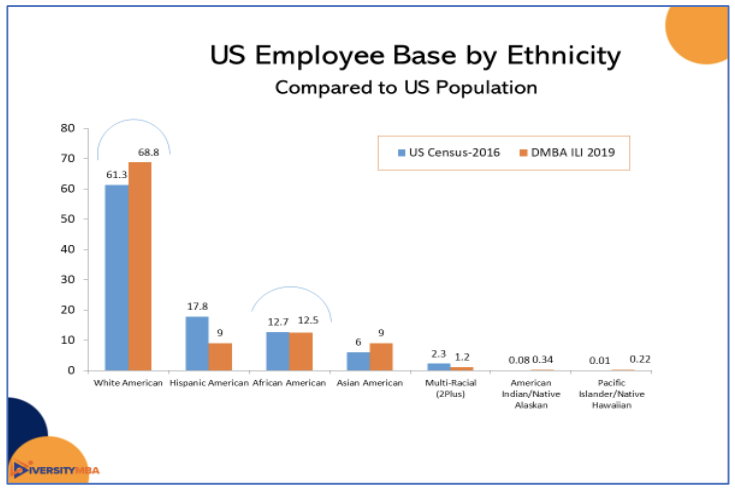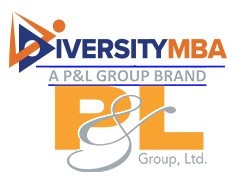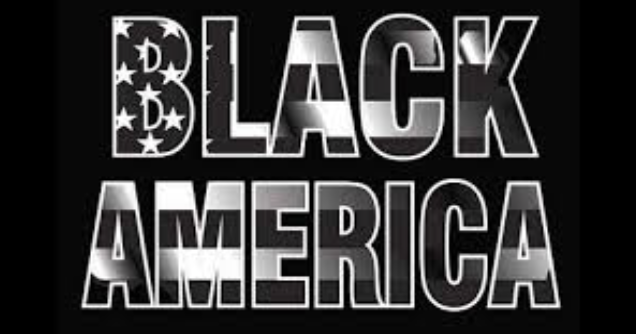I talk about this almost every day. It starts with my 17-year-old, reminding my gifted child who attends the top high school in the state; be woke, be safe, be careful so you don’t make a mistake that will cost you your future. Some would say, really Pam isn’t that much. Maybe, I’d say better safe than sorry.
I know the realities and I am not blind to what is happening socially in the black communities around the world. The ‘me-too movement’ sustains among the GenZ’s (18-22 years) as they prepare to enter the workforce. If you think authenticity in the workplace is happening now; just wait until the boldness catches up. #me too in the workplace.com.
Companies today, regardless of size are navigating 5 generations in the workplace. And the state of what each generation requires is as different as they come. While we have similarities within the generations there are similarities among groups of color. But for this blog, I want to discuss Black Talent. The shrinking population in the workforce. We are not only making room for the Hispanic rise but the replacement of the once largest minority in America.
According to the Blacks in Higher Education Journal, “nationwide, the black student graduation rate remains at a dismally low 42 percent. But the rate has improved by three percentage points over the past two years. More encouraging is the fact that over the past seven years the black student graduation rate has improved at almost all the nation’s highest-ranked universities.”
The reality that impacts the African American community is that low income families are graduating less than 10 percent. It is imperative that businesses reinvest in the communities they serve to advance the future.
The population comparison as reported by the 2016 US Census and the 2019 DMBA Inclusive Leadership Index (ILI) compares the US employee base.

The illustration really looks good and indicates that the African American population is comparable to African Americans in the workforce. The questions to ask are; where are they in the workforce? Are they sustaining at a level to advance into leadership? Is the pipeline deepened enough to develop the necessary generation of black youth? Are companies really investing to build a black workforce or just doing minimally what is necessary?
The business need is to diversify the ranks and to ensure there are inclusive cultures of belonging so that people want to stay. Insights from the DMBA Index on the state of African Americans as compared to White Americans in management.

This chart illustrates where we are today in 2020. Additional questions to consider are, have we done the work to advance African Americans in management within the past two decades? To gage if you are moving the needle compare your results within your workforce from 2000 to today. The diversity trend is not to shrink one group while increasing another, but to level the playing field with equity among dimensions of diversity in all leadership and management roles.
The balanced workforces have 40-50 percent people of color with approximately 10-15 percent African Americans. While African Americans are growing in the ranks of certain industries, they are slowly moving into the management ranks of most industries. African American men are advancing faster than African American Women, and white women are advancing faster than African American men. Why is this, in some cases it is the simple math. More White women are in the workforce and prepared and ready for advancement. Particularly in industries with primary women in the workforce.
According to the 2019 Diversity MBA Inclusive Leadership Index below are a few of the Best Practices companies are doing to advance African American talent:
- Dedicate minority owned search firms with accountability goals to fill leadership positions of African American men and women in director and more senior positions.
- Executive leadership cohorts with women of color and people of color from 18 months to 24 months with the expectation to advance 40-50 percent of ready talent to open executive positions.
- Assign all identified high potential talent with executive sponsors.
- Engage African American women and men into mentoring program to develop leaders by providing them facilitated access to senior leaders.
- 86 percent of companies leverage reverse mentoring to engage emerging leaders.
- Depending on HQ geographic location and primary demographics of region; companies may need to reconsider how they source leadership talent with enhanced relocation packages.
I end this review of the State of Black talent in leadership by suggesting that companies struggling with achieving their desired outcomes for African American talent take a realistic assessment of their sourcing process.
www.diversitymbamagazine.com
Pam McElvane, CEO & Publisher, Diversity MBA Media









